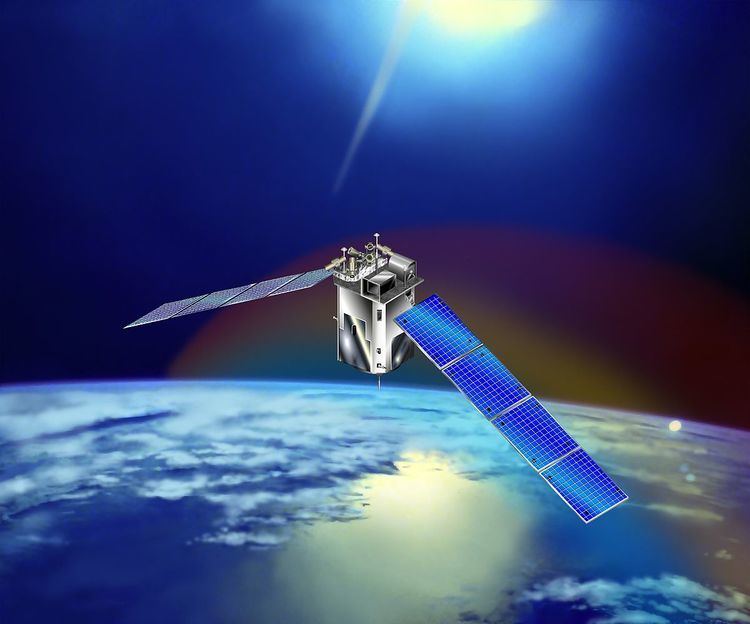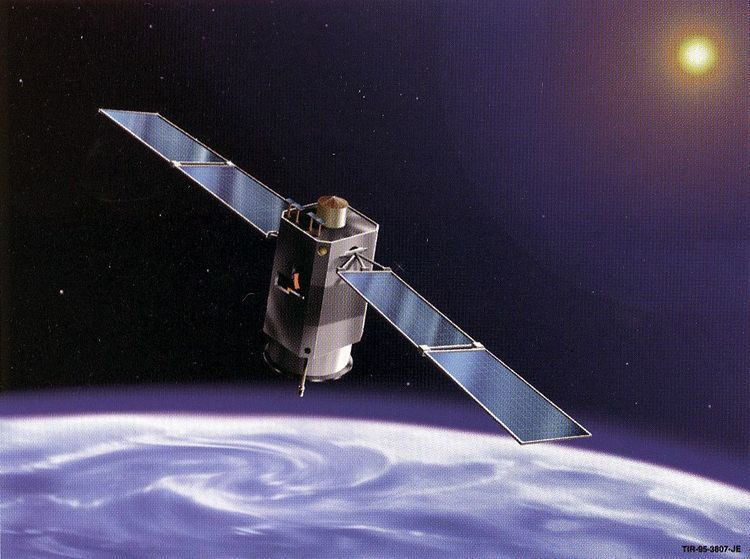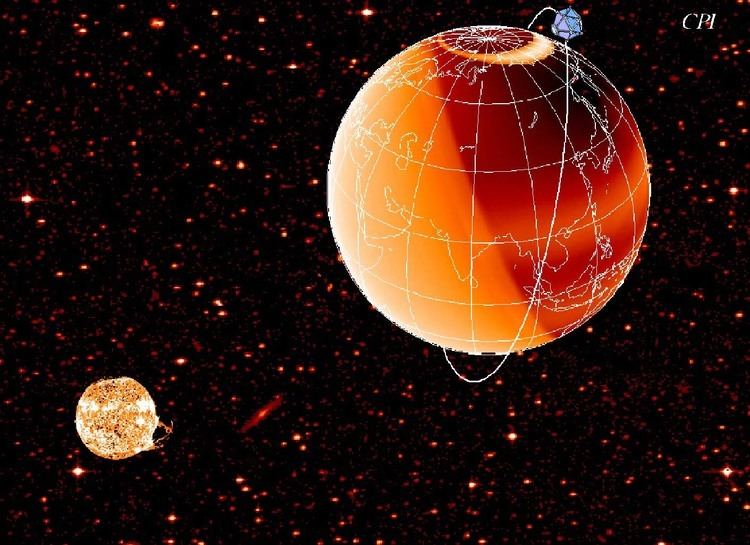SATCAT no. 26998 Launch date 7 December 2001 Launch mass 660 kg Epoch 26 June 2016 | COSPAR ID 2001-055B Website TIMED at APL Period 1.6 hours Cost 237 million USD | |
 | ||
Mission type IonosphereAtmospheric scienceSpace weather research. Mission duration 2 years (planned)15+ years (ongoing) Similar Aeronomy of Ice in the Mesosphere, Solar Radiation and Clim, Solar Maximum Mission, Upper Atmosphere Research, Space Technology 5 | ||
timed exploring earth s atmosphere lecture
The TIMED (Thermosphere Ionosphere Mesosphere Energetics and Dynamics) is an orbiter mission dedicated to study the dynamics of the Mesosphere and Lower Thermosphere (MLT) portion of the Earth's atmosphere. The mission was launched from Vandenberg Air Force Base in California on December 7, 2001 aboard a Delta II rocket launch vehicle. The project is sponsored and managed by NASA, while the spacecraft was designed and assembled by the Applied Physics Laboratory at Johns Hopkins University. The mission has been extended several times, and has now collected data over an entire solar cycle, which helps in its goal to differentiate the Sun's effects on the atmosphere from other effects.
Contents
- timed exploring earth s atmosphere lecture
- Atmospheric region under study
- Scientific instruments onboard
- Spacecraft stats
- United States
- International
- References

Atmospheric region under study

The Mesosphere and Lower Thermosphere (MLT) region of the atmosphere to be studied by TIMED is located between 60–180 km above the Earth's surface where energy from solar radiation is first deposited into the atmosphere. This can have profound effects on Earth's upper atmospheric regions, particularly during the peak of the Sun's 11-year solar cycle when the greatest amounts of its energy are being released. Understanding these interactions is also important for our understanding of various subjects in geophysics, meteorology, and atmospheric science, as solar radiation is one of the primary driving forces behind atmospheric tides. Changes in the MLT can also affect modern satellite and radio telecommunications.
Scientific instruments onboard
The spacecraft payload consists of the following four main instruments:

Spacecraft stats

